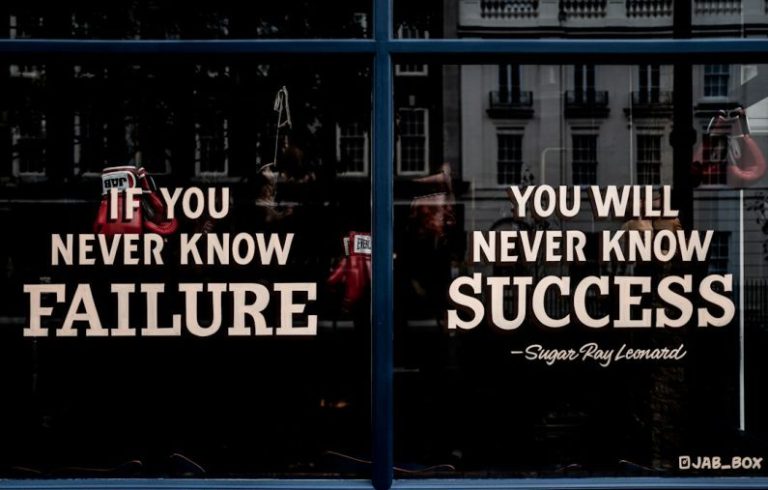Starting Your Creative Business: a Step-by-step Guide
Embarking on the journey of starting your creative business can be an exciting and rewarding endeavor. Whether you are an artist, designer, writer, or any other creative individual, turning your passion into a profitable venture requires careful planning and execution. In this step-by-step guide, we will walk you through the essential aspects of starting your creative business.
**Defining Your Niche**
The first step in starting your creative business is to define your niche. Identify your unique strengths, interests, and skills that set you apart from others in your field. Consider what makes your creative work distinctive and how it can appeal to your target audience. By narrowing down your focus to a specific niche, you can position yourself as an expert in that area and attract the right customers.
**Market Research**
Conducting thorough market research is crucial for understanding your target audience, competitors, and industry trends. Analyze the demand for your creative products or services, identify potential customers, and assess the pricing strategies of your competitors. By gaining insights into the market landscape, you can make informed decisions on how to position your creative business for success.
**Creating a Business Plan**
Developing a comprehensive business plan is essential for outlining your business goals, strategies, and financial projections. Define your mission statement, target market, marketing strategies, revenue streams, and budgeting requirements. A well-thought-out business plan will serve as a roadmap for guiding your creative business towards growth and sustainability.
**Branding and Identity**
Establishing a strong brand identity is key to building recognition and credibility for your creative business. Create a memorable logo, choose a cohesive color palette, and develop a consistent visual language across all your marketing materials. Your brand should reflect the unique personality and values of your creative business, helping you stand out in a crowded marketplace.
**Setting Up Your Online Presence**
In today’s digital age, having a strong online presence is essential for reaching a wider audience and growing your creative business. Create a professional website that showcases your portfolio, services, and contact information. Utilize social media platforms to engage with your audience, share your work, and promote your brand. Consider investing in search engine optimization (SEO) to improve your visibility in online searches.
**Legal and Financial Considerations**
Navigating the legal and financial aspects of starting a creative business is crucial for ensuring compliance and financial stability. Register your business name, obtain any necessary licenses or permits, and set up a business bank account. Consider consulting with a legal or financial advisor to help you understand tax obligations, copyright laws, and other regulatory requirements.
**Building Your Network**
Networking with other creative professionals, industry experts, and potential clients can open up new opportunities for your creative business. Attend industry events, join online communities, and collaborate with other artists or designers to expand your network. Building meaningful relationships within your industry can lead to collaborations, referrals, and valuable insights for growing your creative business.
**Continuous Learning and Improvement**
The creative industry is constantly evolving, so it’s important to commit to continuous learning and improvement. Stay updated on industry trends, take courses or workshops to enhance your skills, and seek feedback from clients or peers to refine your creative work. By embracing a growth mindset and being open to new ideas, you can adapt to changes in the market and keep your creative business thriving.
**Sustaining Your Creative Business**
As you navigate the ups and downs of running a creative business, remember to stay resilient and adaptable. Embrace challenges as opportunities for growth, stay true to your creative vision, and prioritize self-care to avoid burnout. By staying focused on your goals, nurturing your creativity, and maintaining a strong work ethic, you can sustain and grow your creative business for years to come.
Embarking on the journey of starting your creative business requires passion, dedication, and a strategic approach. By following this step-by-step guide and staying true to your creative vision, you can turn your passion into a thriving business that brings joy and inspiration to others.






